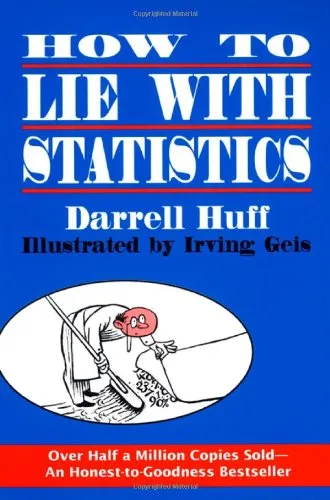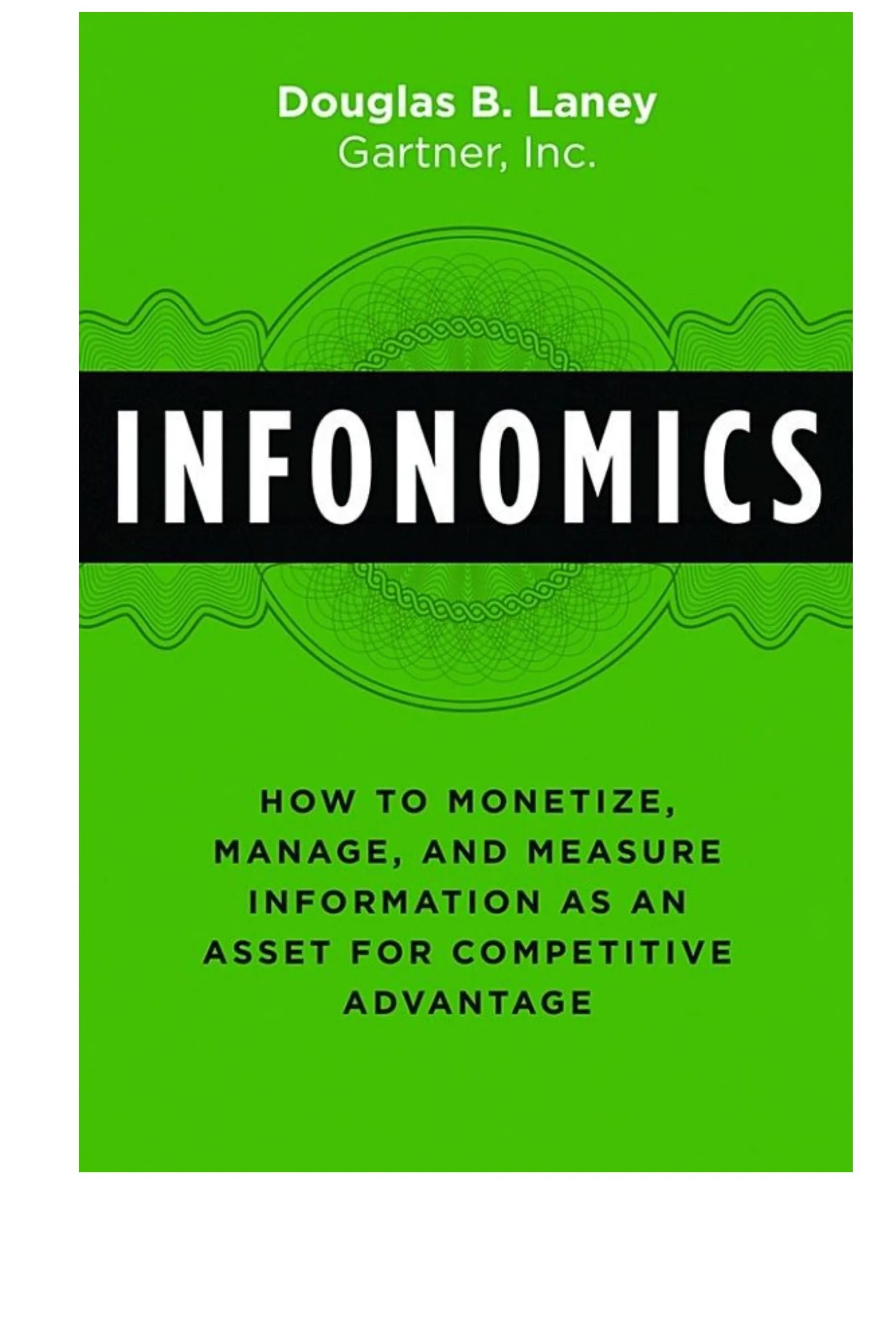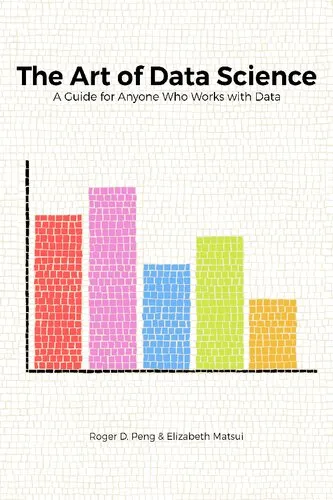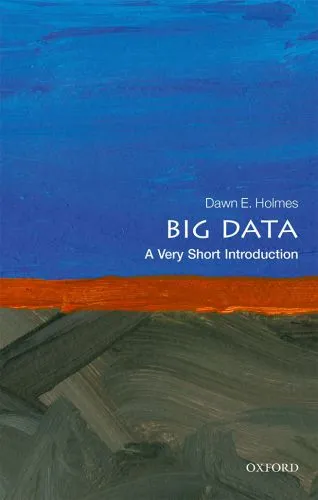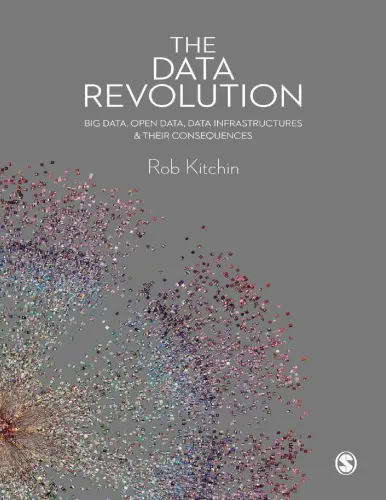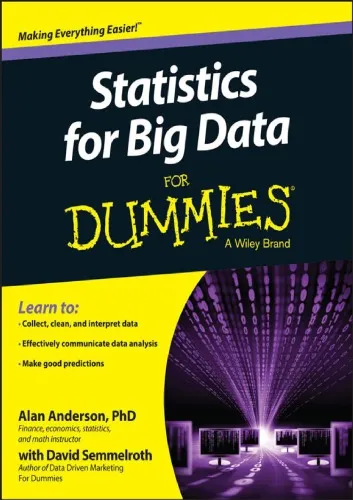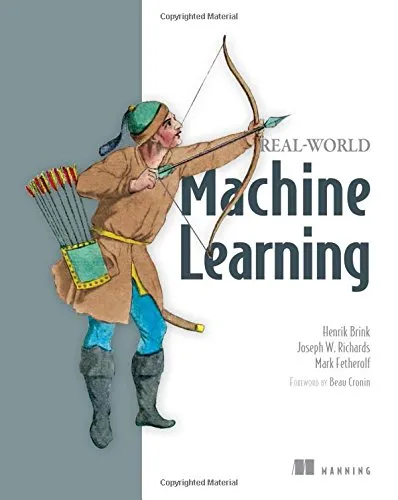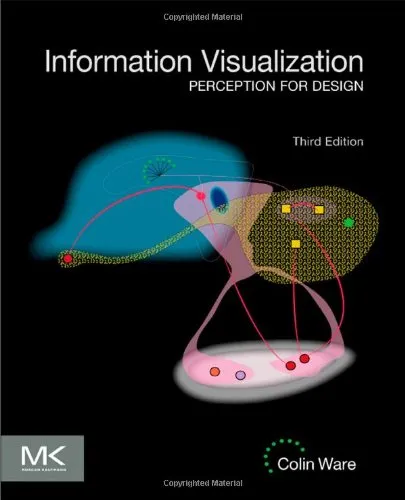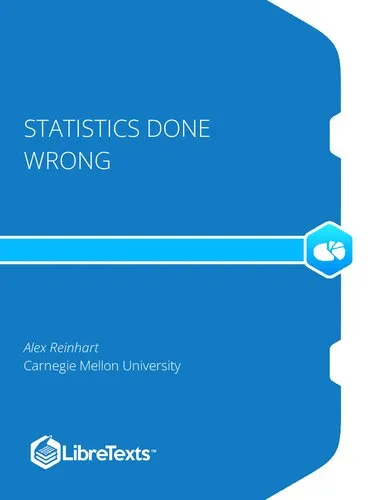How to Lie With Statistics
4.5
بر اساس نظر کاربران

شما میتونید سوالاتتون در باره کتاب رو از هوش مصنوعیش بعد از ورود بپرسید
هر دانلود یا پرسش از هوش مصنوعی 2 امتیاز لازم دارد، برای بدست آوردن امتیاز رایگان، به صفحه ی راهنمای امتیازات سر بزنید و یک سری کار ارزشمند انجام بدینکتاب های مرتبط:
مقدمهای بر کتاب "How to Lie With Statistics"
کتاب "How to Lie With Statistics" نوشته دارل هاف و بررسیهای تصویری اروینگ گیس یکی از کتابهایی است که به بررسی چگونگی استفاده نادرست از آمار برای دستیابی به اهداف خاص میپردازد. این کتاب به شکلی ساده و قابل فهم، مفاهیمی را که ممکن است پیچیده به نظر برسند به گونهای توضیح میدهد که حتی خوانندگان غیر متخصص نیز آن را درک کنند. با استفاده از مثالهای ملموس و داستانسرایی جذاب، نویسنده نشان میدهد که چگونه میتوان با استفاده از آمار، اذهان عمومی را فریب داد.
خلاصهای مفصل از کتاب
کتاب "How to Lie With Statistics" در ۱۰ فصل کوتاه تدوین شده است و هر فصل به یکی از روشهای معمول فریب آماری میپردازد. نویسنده با ارائه مثالهای واقعی، نشان میدهد که چگونه میتوان از آمار به نفع خود بهره برداری کرد. برخی از موضوعات پوشش داده شده شامل "نمونهگیری انتخابی"، "میانگینها و متوسطها"، و "نمودارهای گمراهکننده" میباشد.
دارل هاف به ما هشدار میدهد که آمار میتواند به آسانی مورد سوءاستفاده قرار گیرد و اطلاعات نادرستی را به مخاطبان منتقل کند. او در این کتاب، نه تنها به مشکلات و مسائل مربوط به آمار اشاره میکند، بلکه راههای شناسایی و دفع این فریبهای آماری را نیز نشان میدهد.
نکات کلیدی
- تفکر انتقادی هنگام بررسی آمار
- نحوه شناسایی نمونهگیریهای بحثبرانگیز
- درک نقش نمودارها در انتقال یا تحریف اطلاعات
- شناسایی نکات ظریف و ناصحیح در گزارشهای آماری
نقلقولهای معروف از کتاب
"آمار همانقدر که علم است، ابزار توجیه است."
"۹۰٪ از آمار، بسته به ارائهکنندۀ آن، ممکن است گمراهکننده باشد."
چرا این کتاب مهم است؟
کتاب "How to Lie With Statistics" نه تنها برای کسانی که در زمینه آمار و تحلیل داده فعالیت میکنند، بلکه برای همه افراد جامعه مفید است. این کتاب به ما میآموزد که چشمان خود را به پیامها و دادههای آماری که روزانه با آن روبرو میشویم باز کنیم. توانایی تشخیص و تحلیل دقیق آمار، ابزاری قدرتمند است که ما را در برابر فریبهای احتمالی محافظت میکند و درک درستی از واقعیتها به ما میدهد.
در جهان امروزی، که اطلاعات به سرعت پخش میشود و اغلب اوقات ممکن است به کاربران ناقص یا تحریفشده برسد، این کتاب به عنوان یک راهنما عمل میکند که میتواند به افراد کمک کند تا حقیقت پشت اعداد را دریابند و نسبت به اطلاعات ارائهشده، دیدگاهی واقعگرا و منتقد داشته باشند.
Introduction to 'How to Lie with Statistics'
Written by Darrell Huff and illustrated by Irving Geis, How to Lie with Statistics is a timeless classic that demystifies the art of statistical deception. This book is renowned for unveiling how statistics can be manipulated and misrepresented to support any argument or agenda. Through humor and real-world examples, Huff helps readers develop a critical mindset, allowing them to discern truths from the cleverly disguised lies woven through statistics.
Detailed Summary of the Book
Throughout How to Lie with Statistics, Huff explores the myriad ways in which data can be manipulated. Starting with the fundamental components of statistics, he identifies the common techniques used to mislead or confuse audiences—ranging from biased sampling to exploiting averages. The book covers the misuse of graphs and charts where axes can be adjusted to exaggerate trends or hide significant data points. Huff then delves into statistical jargon that is often used to baffle rather than inform, demonstrating how statistical concepts can be twisted to create false impressions.
Each chapter builds upon the other, culminating in a comprehensive guide to understanding and detecting statistical manipulation. Huff emphasizes that statistics are often wielded as weapons to push particular narratives, and only by recognizing these tactics can one wisely navigate the sea of numbers encountered in everyday life.
Key Takeaways
- The Illusion of Objectivity: Statistics often appear neutral and factual, yet the interpretation and presentation can be swayed to serve particular interests.
- Sampling Bias: The importance of asking "who was surveyed?" to detect potential biases in sampling methodologies.
- The Danger of Averages: How averages can be misleading and do not represent the variations within the data set.
- Graphs and Visuals: Visual representations can be manipulated to emphasize certain trends or hide others.
- Understanding Correlation vs. Causation: Recognizing that correlation does not equate to causation is fundamental in interpreting statistics accurately.
Famous Quotes from the Book
“A well-wrapped statistic is better than Hitler’s ‘big lie’; it misleads, yet it cannot be pinned on you.”
“The secret language so common and its macrocosmic cousin, pseudo-statistics, is a powerful personal tool of the statistician.”
Why This Book Matters
How to Lie with Statistics is more relevant than ever in an age overflowing with data and digital content. In a world where data is omnipresent, and decision-making is increasingly data-driven, Huff’s book serves as a critical tool for rooting out misinformation and discerning truth. It empowers readers with the knowledge to question and analyze statistical claims, whether encountered in media reports, advertisements, or during discussions on important social and political issues.
The enduring popularity of Huff’s book underscores the ongoing need for statistical literacy in society. As data becomes an influential tool in shaping opinions and behaviors, the ability to understand and critique statistical information is essential. Huff provides the framework to approach statistics with a rational and skeptical lens, making this book an indispensable guide for anyone wishing to be informed, rational, and conscientious in their engagement with data.
دانلود رایگان مستقیم
شما میتونید سوالاتتون در باره کتاب رو از هوش مصنوعیش بعد از ورود بپرسید
دسترسی به کتابها از طریق پلتفرمهای قانونی و کتابخانههای عمومی نه تنها از حقوق نویسندگان و ناشران حمایت میکند، بلکه به پایداری فرهنگ کتابخوانی نیز کمک میرساند. پیش از دانلود، لحظهای به بررسی این گزینهها فکر کنید.
این کتاب رو در پلتفرم های دیگه ببینید
WorldCat به شما کمک میکنه تا کتاب ها رو در کتابخانه های سراسر دنیا پیدا کنید
امتیازها، نظرات تخصصی و صحبت ها درباره کتاب را در Goodreads ببینید
کتابهای کمیاب یا دست دوم را در AbeBooks پیدا کنید و بخرید
1715
بازدید4.5
امتیاز0
نظر98%
رضایتنظرات:
4.5
بر اساس 0 نظر کاربران
Questions & Answers
Ask questions about this book or help others by answering
No questions yet. Be the first to ask!
